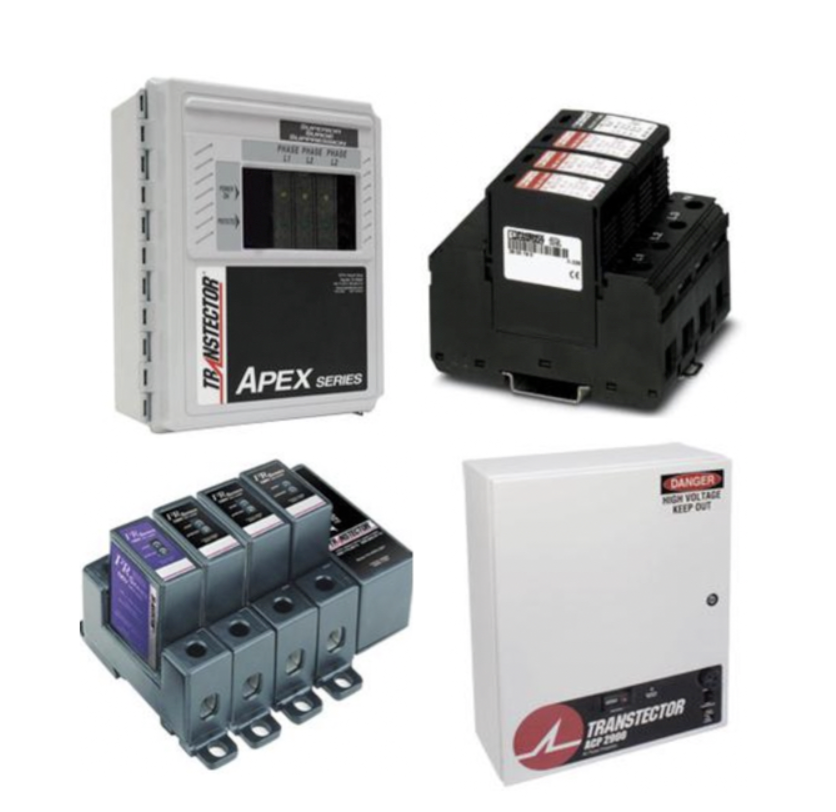AC Line Surge Protectors

RSP Supply carries a full line of AC line surge protectors engineered to safeguard electrical systems and connected devices from damaging voltage spikes. These UL-listed protection devices are essential for maintaining the reliability and longevity of sensitive equipment in residential, commercial, and industrial environments.
AC line surge protectors defend against sudden power surges caused by lightning strikes, grid fluctuations, and high-powered appliances switching on or off. By monitoring incoming AC power, these devices detect irregular voltage and safely divert excess energy to the ground. This prevents electrical overloads, data loss, and potential equipment failure across systems such as HVAC units, and industrial machinery.
Surge protectors from RSP Supply are available in various voltage ratings and configurations. Whether you’re protecting an entire facility or a single appliance, these devices provide dependable defense against unexpected power disturbances and help ensure compliance with electrical safety standards.
More Information about AC Line Surge Protectors
Modern surge protection devices often incorporate components like metal oxide varistors (MOVs), which respond rapidly to voltage spikes and suppress dangerous energy levels before they reach downstream equipment. While MOV-based protectors are widely used, they must be properly rated and maintained to avoid potentially hazardous failure modes. Surge protectors with diagnostic features, such as a green LED indicator, help users confirm that the protection is active and functioning. Without adequate surge protection, even brief overvoltage events can degrade electronic components, shorten the life of appliances, or render valued equipment unprotected against future surges.
AC line surge protectors are particularly beneficial for protecting high-value assets such as air conditioners, HVAC systems, and home appliances. They are a cost-effective safeguard that helps homeowners protect their investments from costly equipment damage. For enhanced system reliability, surge protection should be considered a critical part of any electrical installation. By integrating properly rated AC surge protection devices, homeowners and facility managers can reduce downtime, lower repair costs, and ensure stable operation of their electrical infrastructure during power surges and other voltage anomalies.
FAQs
Q: What does an AC line surge protector do?
An AC line surge protector shields electrical systems and devices from power surges by redirecting excess voltage safely to the ground.
Q: What causes power surges?
Power surges can result from lightning strikes, utility grid fluctuations, or internal sources like large motors and HVAC compressors cycling on and off.
Q: Can surge protectors prevent equipment damage?
Yes. Surge protectors significantly reduce the risk of damage to sensitive electronics and appliances by limiting exposure to sudden voltage spikes.
Q: Are RSP Supply’s AC surge protectors UL-listed?
Yes. RSP Supply carries UL-listed surge protectors that meet industry safety and performance standards.
Q: Where should AC line surge protectors be installed?
They can be installed at main service panels, subpanels, or directly at the equipment connection point for optimal protection.
Why Buy AC Surge Protection from RSP Supply
RSP Supply provides high-quality AC line surge protectors designed for safety, reliability, and efficiency. With UL-listed models, fast shipping, and expert support, we deliver trusted power protection solutions for industrial, commercial, and residential applications.

